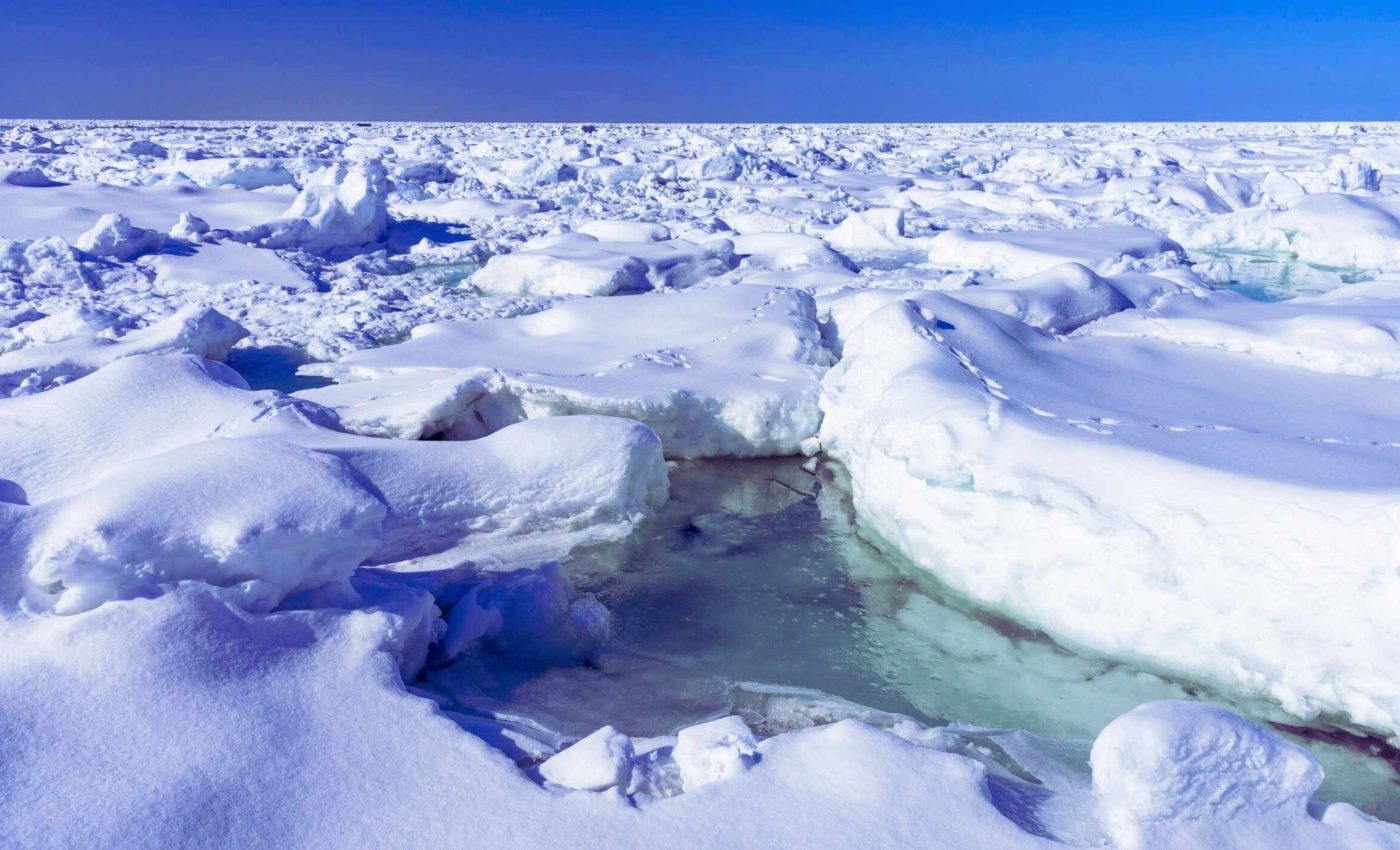
Scientists warn the Arctic seafloor could release methane again on a very large scale
A new analysis of ancient Arctic seafloor molecules shows that, about 56 million years ago, the Arctic flipped from a methane sponge to a source of carbon dioxide that extended a major warming event.
The evidence comes from chemical fingerprints preserved in a central Arctic sediment core from the Lomonosov Ridge, pointing to a past shift in how microbes consumed methane.
What the sediment says
In new research, scientists report signs of a past methane cycle shift during the Paleocene Eocene Thermal Maximum, a rapid warming event. Lead author Bumsoo Kim, an organic geochemist at NASA Johnson Space Center, guided the analysis.
The team isolated biomarkers, molecular traces left by ancient microbes, and compared their carbon signatures to infer what those microbes consumed.
They also examined isotopes, atoms of the same element with different masses, to track methane’s path into the food web.
One signal stood out, aerobic oxidation of methane, methane removal that uses oxygen, became common in the water column.
That process turns methane into carbon dioxide and uses oxygen, which can push surface waters toward acidity.
Arctic seafloor and methane
Before the warming event, methane rising from deeper layers was mostly handled by anaerobic oxidation of methane, methane removal without oxygen, within the sediments. That pathway generates alkalinity that helps buffer seawater.
During the warming, the Arctic likely had less sulfate, a major seawater ion important for microbe metabolism, available to fuel sediment microbes.
With the usual sedimentary brake weakened, more methane leaked upward into the water.
There, oxygen breathing microbes finished the job and produced extra carbon dioxide, while drawing down oxygen and nudging waters toward hypoxia, low oxygen that can stress marine life.
The study’s reconstruction indicates the Arctic shifted into a net carbon dioxide source during the event’s long tail.
Why it matters now
Arctic temperatures have been rising faster than the global average, a feature known as polar amplification. Faster warming and fresher surface waters can change how gases move and how microbes work.
Methane plays an outsized role in heating because of its radiative forcing, a measure of how something changes Earth’s energy balance, which IPCC assessments rank second only to carbon dioxide among human driven greenhouse gases. That ranking makes any methane system shift more than a curiosity.
Researchers noted that modern Arctic warming and freshening could trigger similar methane cycle changes observed in the ancient record.
Some researchers caution that the conditions driving past Arctic carbon releases may not perfectly match those of today, noting that the ancient Arctic Ocean was more isolated and had a different chemical makeup than the modern one.
This perspective highlights a larger issue: scientists still struggle to predict how carbon cycle feedbacks will behave over long timescales, especially beyond the year 2100, leaving major uncertainties in climate projections.
Watching methane rise today
In recent decades, researchers have measured plumes of methane bubbling from the Arctic seafloor, including at the Western Svalbard margin and the Eastern Siberian Arctic Shelf.
These seeps appear linked to both seafloor hydrate, frozen methane bound in ice, and thawing permafrost, frozen ground that traps organic carbon. As temperatures rise, both can release gas into the water and atmosphere.
Modern satellite spectroscopy, the study of light absorption patterns that reveal gas composition, now helps scientists track methane concentrations from space.
Drones and autonomous ocean vehicles also sample methane fluxes directly above hotspots to see how much reaches the air.
Together, these efforts show that the Arctic’s methane system is already dynamic and sensitive to small environmental shifts.
While current releases are modest compared to fossil fuel emissions, the rate of change is accelerating in some regions, echoing early signs of the ancient feedback loop described in the new study.
How this study was done
The work relies on deep time archives recovered during the Integrated Ocean Drilling Program’s Arctic Coring Expedition, a global research effort that drills deep into the seafloor to study Earth’s past climate and geology.
Those cores include long sections that capture the transition into the warming event and the slow recovery afterward.
Analysts tracked a hopanoid compound tied to methane eating bacteria and its unusually light carbon. That pairing is a hallmark of methane consumption and allowed the team to separate sediment based consumption from water column processes.
Together, the biomarker patterns and simple carbon models show a handoff from sediment microbes to oxygen breathing water column microbes.
That handoff aligns with expectations for a stratified ocean, layered water that slows vertical mixing and starves deeper layers of oxygen.
Arctic methane and the future
Modern changes in Arctic salinity and temperature can increase stratification, layering of water by density that slows mixing.
Stronger layering can reduce oxygen delivery to depth, shift microbe communities, and alter where methane is consumed.
If more methane bypasses sediment microbes and gets processed higher in the water column, the byproduct is extra carbon dioxide instead of alkalinity.
That would push surface waters toward acidity and could extend warming after it begins.
The take home is simple. Long lived feedback can matter as much as the initial trigger, and this past methane switch offers a concrete example of how the balance can tilt.
The study is published in Nature Geoscience.
—–
Like what you read? Subscribe to our newsletter for engaging articles, exclusive content, and the latest updates.
Check us out on EarthSnap, a free app brought to you by Eric Ralls and Earth.com.
—–













